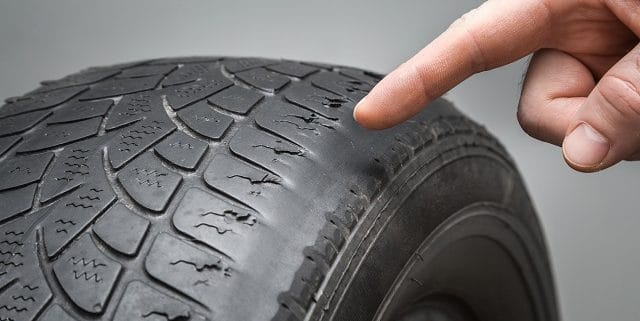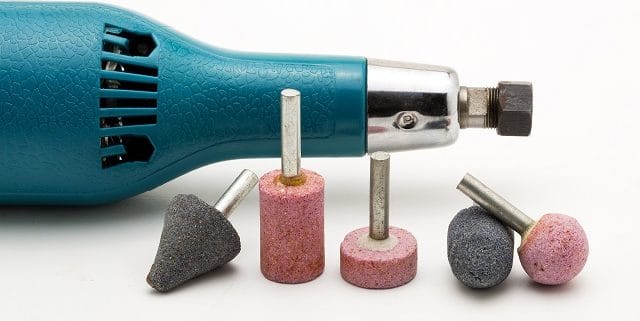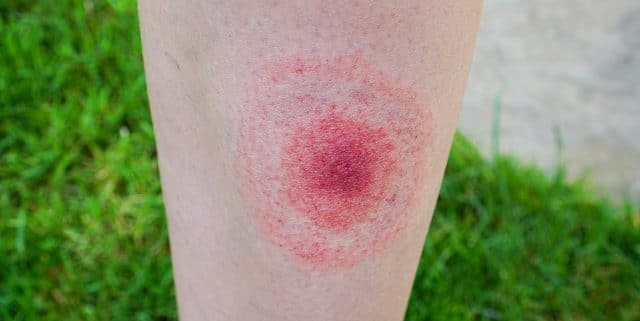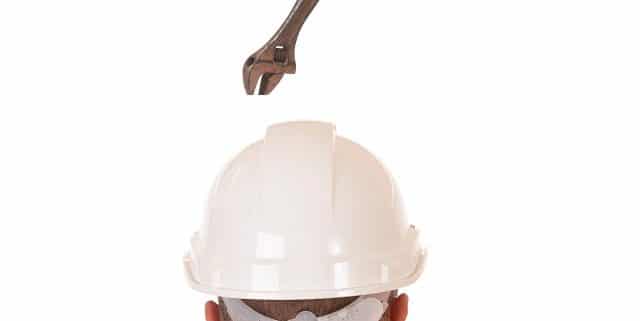Step Ladder Safety
There is a common misconception that using step ladders are much safer than using an extension ladder or the ladder going to the top of the Highline, right? Wrong! Most falls on site are under 6 feet. Yet workers continue to misuse step ladders. Here are a few key points to make sure you’re not a statistic.
Always do your pre-work inspection. I feel like I say this a hundred times a day but I can’t stress this enough. You don’t know what the last worker did to it or how it was stored, etc, etc. Make sure all the feet of the ladder are secure. Get a coworker to hold it in place for you if you can. Use 3 points of contact. Always face the ladder while on it. Don’t walk down it like stairs. Never stand or sit on the top rung of the ladder. Every site has different standards for what height to tie off at. Make sure you know and follow this.
Make sure to follow the same precautions on a step ladder as any other ladder. Just because you’re not 15 meters up, doesn’t mean you’re safe. So stay safe and follow the rules.










